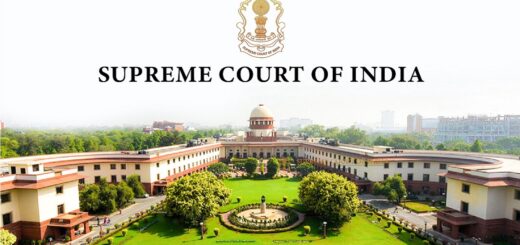The Supreme Court emphasizes the importance of conducting a census of the current trees in the Taj Trapezium Zone to maintain oversight.

The Supreme Court emphasized the importance of conducting a census of trees in the Taj Trapezium Zone (TTZ) to prevent illegal tree cutting. The TTZ covers about 10,400 square kilometers, including areas in Agra, Firozabad, Mathura, Hathras, and Etah in Uttar Pradesh, as well as Bharatpur in Rajasthan. Justices Abhay S. Oka and Augustine George Masih stated, “We believe a tree census is necessary in the TTZ, along with a system to monitor and stop unauthorized tree cutting.” This statement came during a hearing about illegal tree felling in the TTZ. The court highlighted the need for someone to carry out the tree census and establish a way to identify illegal cutting.
Aishwarya Bhati, representing the relevant authorities, mentioned that either the Central Empowered Committee or the State Forest Department could handle this task. Senior Advocate A.D.N. Rao, acting as an Amicus Curiae, proposed that the local police chief should be held responsible for any tree cutting incidents. The Bench acknowledged the lack of data on the number of existing trees, stating, “Currently, we do not know how many trees are present.” During a separate hearing on October 14, the Court warned that it would order the demolition of unauthorized structures and restore the land if the authorities did not follow its directive for mandatory afforestation in the TTZ. The Court concluded that the issue would remain unresolved without a tree census and scheduled the next hearing for November 29, 2024.







